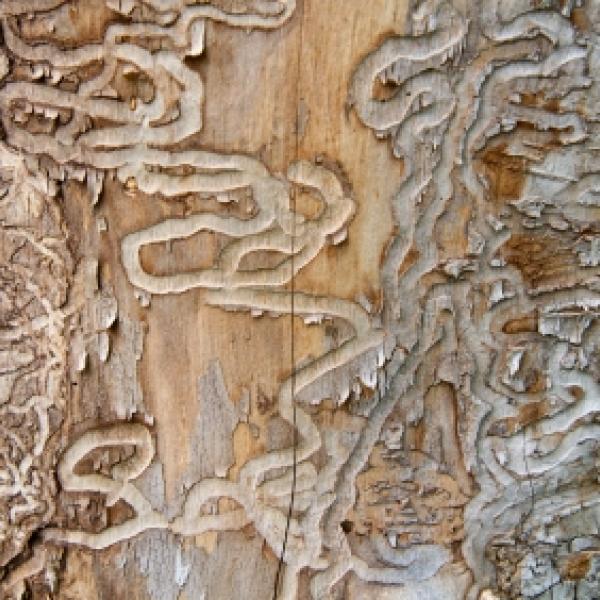
News Source
The U.S. Department of Agriculture is seeking approval for the intentional release of an Asian species of parasitic wasp in order to combat the spread of an invasive beetle wreaking havoc on North American ash trees.
If approved, Spathius galinae — which has no common name and whose home range is in eastern Russia — will be the fourth species of Asian wasp to be released in the United States to try to halt the spread of the emerald ash borer, a beetle native to East Asia that was discovered in Michigan in 2002. The borer has since been found in nearly half the states and has killed tens of millions of the 8.7 billion ash trees in North America.
The U.S. Forest Service has called the insects “the most destructive forest pest ever seen in North America,” and they have the potential to cause billions of dollars of damage if their spread continues unabated.
In order to fight the problem, researchers looked to the beetle’s native range in Asia to determine its predators and found that parasitic wasps there preyed on the beetle to feed their larvae. The first group of wasps brought from China was released in Michigan in 2007, and since then, some 250,000 wasps from three Asian species have been released in almost 20 states to combat the beetles through biocontrol.
“It’s an effort that has been going on for a while, and it’s pretty widespread,” Michigan State University entomologist Deborah McCullough said.
Importing the equally foreign predators of invasive species to the United States is not a new practice, she said, and it is not limited to insects. Some projects have worked — and some have not.
A tiny insect has killed black walnut trees in several states and is headed for Missouri, which has the most in the US
A similar invasive pest that decimated the larch trees in forests around the Great Lakes is now nearly eradicated after its native predator was introduced from Europe, she said. On the other hand, a species of fly that was imported and released to prey on invasive spongy moths has since spread and now feeds on some 140 native species of moths and butterflies, which in some cases led to the sharp decline in species such as lunar moths.
“It’s a scary thing,” McCullough said. “What you’re doing is planning an invasion. You’re bringing more nonnatives in. I think if you look back over the decades, it used to be kind of anything goes. People would go to the native land where a pest was from and see what natural enemies it had there and just bring things in and release them and see what happened. There were some really good successes and some that never became established, and some caused more problems.”
The research that goes into which species are selected for introduction into the United States has improved greatly in the modern era, McCullough said.
She does not believe there is any evidence that the parasitic wasps already introduced to prey on the emerald ash borer have had a significant impact, but it may be too early to tell. She thinks the fourth species, if introduced, may be better able to adapt to the climate and ecology of the United States.
S. galinae has also caught the attention of researchers in Canada, which is dealing with its own emerald ash borer problem. Because S. galinae is better adapted to more northern climates, it could be better suited as a biological agent in Canada’s forests, said Barry Lyon, a research scientist at Natural Resources Canada’s Great Lakes Forestry Center.
“We’ve also been looking at native parasitoids, trying to see if we can rear those up and release them in early stage outbreaks of emerald ash borer. That’s another strategy,” he said.
Natural Resources Canada has adopted another method, in which workers trap beetles and expose them to spores of a native fungus that is lethal to the borer, hoping that the exposed individuals the will spread the spores throughout the population.
“The concern is always how specific your biocontrol agent is to the target you’re after,” Lyon said. “You want to make sure it attacks that and nothing else. By using native [species], we are trying to avoid that.”
S. galinae does not pose any known threat to human health, according to the draft environmental impact assessment released Feb. 12 by the Animal and Plant Health Inspection Service of the U.S. Department of Agriculture. It is accepting public comments through March 16.
“Release of S. galinae will have no negative cumulative impacts in the continental United States because of its host specificity to [the emerald ash borer], other than potential impacts on nontarget [native borer] species,” the assessment says.
“In terms of the benefits, it’s hard to say,” McCullough said. “Given the impact of the emerald ash borer and that these types of [wasps] could at least help ash recover, I think it’s a risk that you have take.”